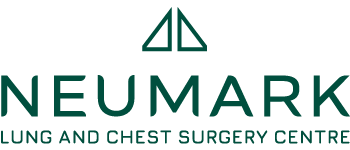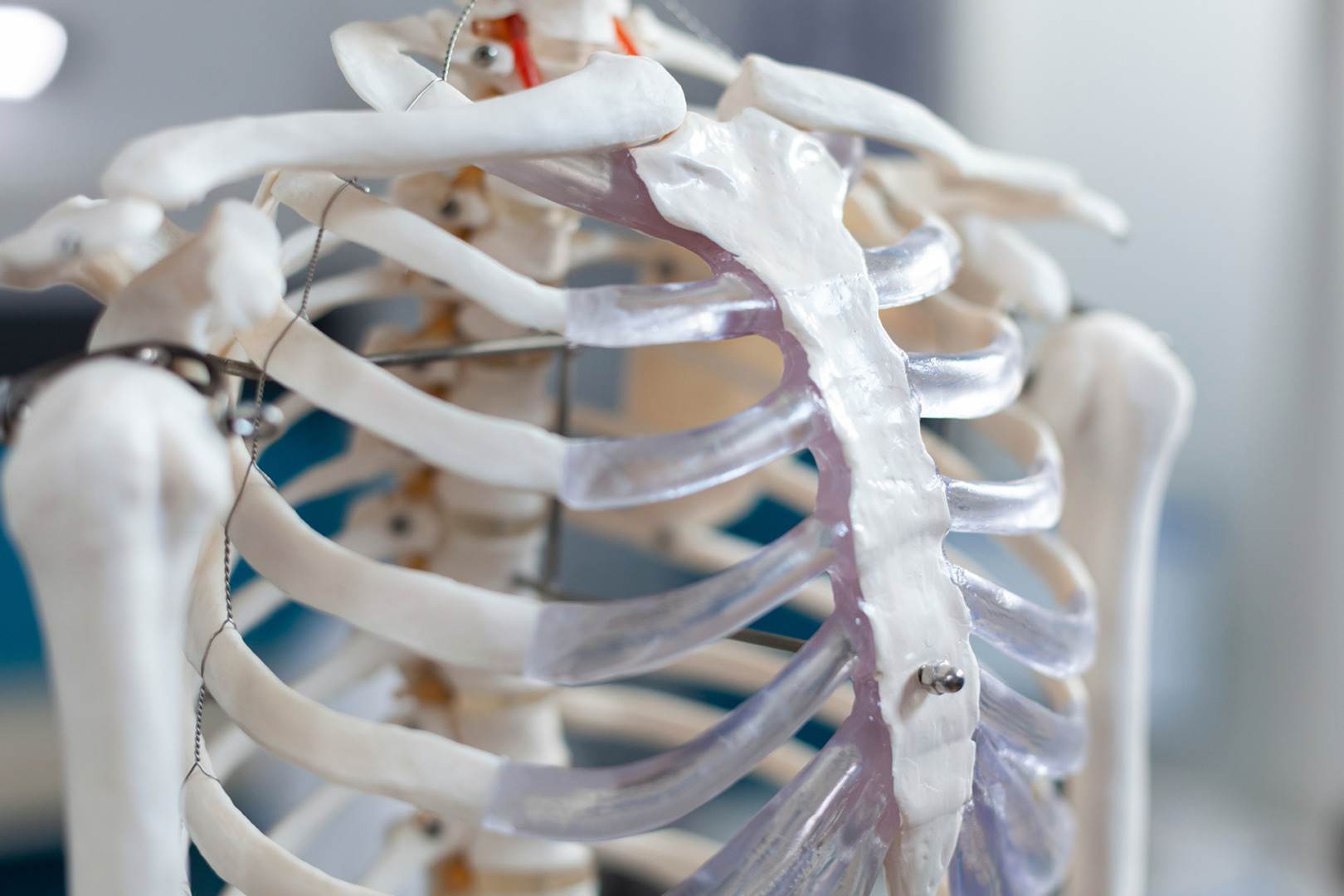Broken ribs are often overlooked. They’re a condition that sometimes can heal in time, with care. However, that doesn’t mean it’s not dangerous. In fact, they can be mortally serious if left unattended, especially when multiple ribs are broken.
Studies have found that the risk of death goes up with each additional broken rib after a traumatic event like a car accident or a bad fall. That’s not all. It can start as broken ribs, but they can expand into other thoracic injuries, including collapsed lung (pneumothorax), lung bruising (pulmonary contusion) and flail chest, which can be life-threatening if left untreated.
Flail chest, a condition characterised by paradoxical movement of the chest wall, is a particularly serious broken rib complication. Paradoxical movement means that the opposite occurs instead of the chest moving outward when breathing in and inward when breathing out. Naturally, we can see why that would be a bad thing.
This usually occurs in cases of severe chest injury, such as a flail chest, where a part of the broken rib cage is detached from the rest of the chest wall due to multiple broken ribs. The unusual movement can significantly impair breathing and is a sign of serious underlying injuries that require immediate medical attention.
Broken rib treatment is really important if you start to experience more than a simple ache after a broken rib. In these cases, consult the expertise of a thoracic surgeon.
Multiple Injuries Increase Chances of Serious Issues
Chest injuries and lung problems can lead to serious health issues and even death, especially in patients with multiple injuries. Traditionally, broken ribs have been treated without surgery, but recently, more surgeons are recommending surgical intervention to reduce health complications, lower the risk of death, and shorten hospital stays.
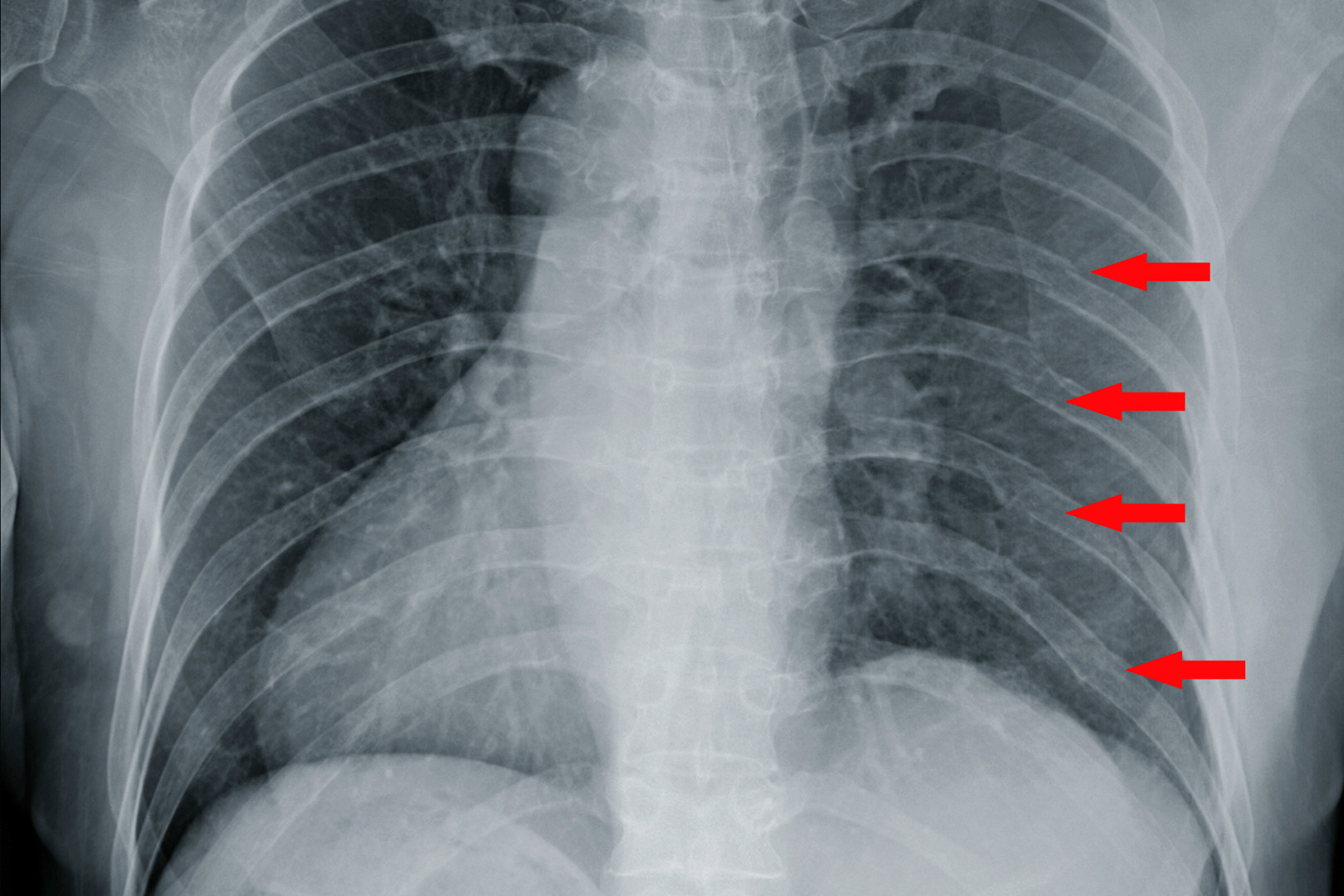
“As a thoracic surgeon, I have seen firsthand the devastating consequences of untreated chest and lung conditions. If you are experiencing symptoms such as chest pain, difficulty breathing, or persistent coughing, contact a lung specialist immediately”, says Dr Harish Mithiran, director of Neumark Lung & Chest Surgery Centre.
Thoracic surgeons are specialists who dedicate their careers to the intricate workings of the chest cavity. They are equipped to diagnose and treat complex chest wall injuries precisely, with treatment options ranging from conservative management and pain control to surgical intervention, depending on the severity of the fracture and the presence of complications. You want these medical providers on your healthcare team, especially when it comes to broken rib treatment.
“Don’t underestimate the importance of seeking specialised care for your chest and lung health – it could be a matter of life and death”, states Dr Mithiran.
Minimally Invasive Surgical Intervention
Surgery to fix broken ribs has become more common and has been shown to help people with serious chest injuries, including those with unstable rib cages, severely broken ribs, and those needing breathing support. This type of surgery, usually performed by chest surgeons, has gained attention for its benefits, including a reduced broken rib recovery time.
For some fractures, conservative management with pain control and breathing exercises might suffice. In cases of multiple fractures or significant displacement, surgery might be necessary. Traditionally, this involved an open reduction and internal fixation procedure, where a controlled incision is made in the chest wall to visualise the fracture directly.
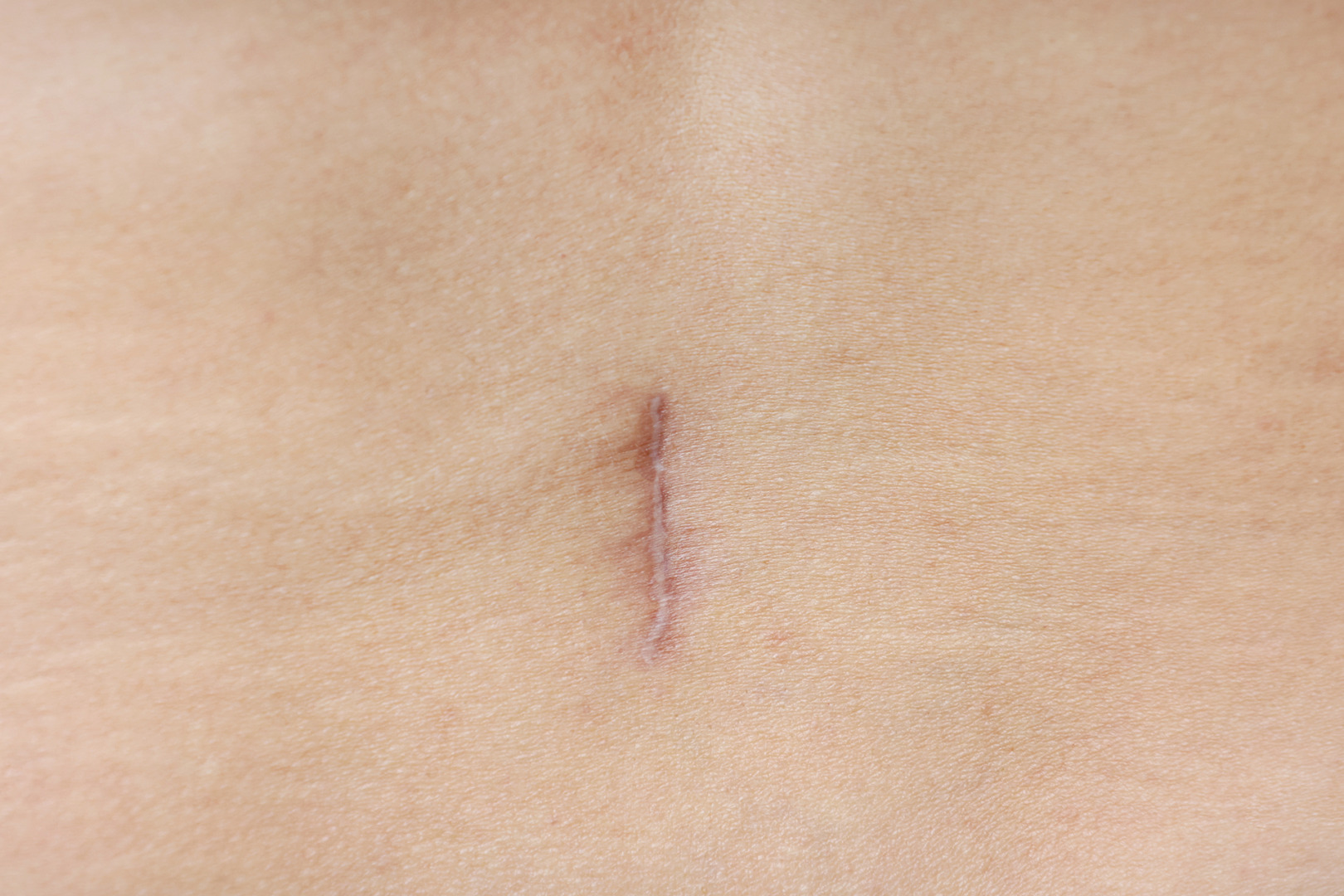
Fortunately, advancements in minimally invasive techniques offer another option: Video-Assisted Thoracoscopic Surgery (VATS). In this advanced surgery, small incisions are made, through which a camera and surgical instruments are inserted to access the fracture site. VATS offers several advantages over traditional ORIF, including less muscle disruption, reduced postoperative pain, and a faster recovery time for the patient.
When ribs are severely fractured or out of place, open reduction and internal fixation are used. In this procedure, the thoracic surgeon realigns and stabilises broken ribs using hardware like plates and screws. This helps to restore the chest wall’s structure and function and to reduce pain and complications.
Early evaluation and, when necessary, intervention by a thoracic surgeon can significantly improve outcomes and get you back on your feet, breathing easy.
Signs that a broken rib requires immediate surgical intervention
There are several broken rib symptoms, and it’s important to know which ones require immediate surgical intervention. These include multiple broken ribs, displaced fractured ribs, flail chest, severe respiratory distress, pain, deformity, chest wall lump, and chronic pain. If three or more adjacent ribs are broken in two places, it can lead to a condition called flail chest, which requires immediate surgical intervention.
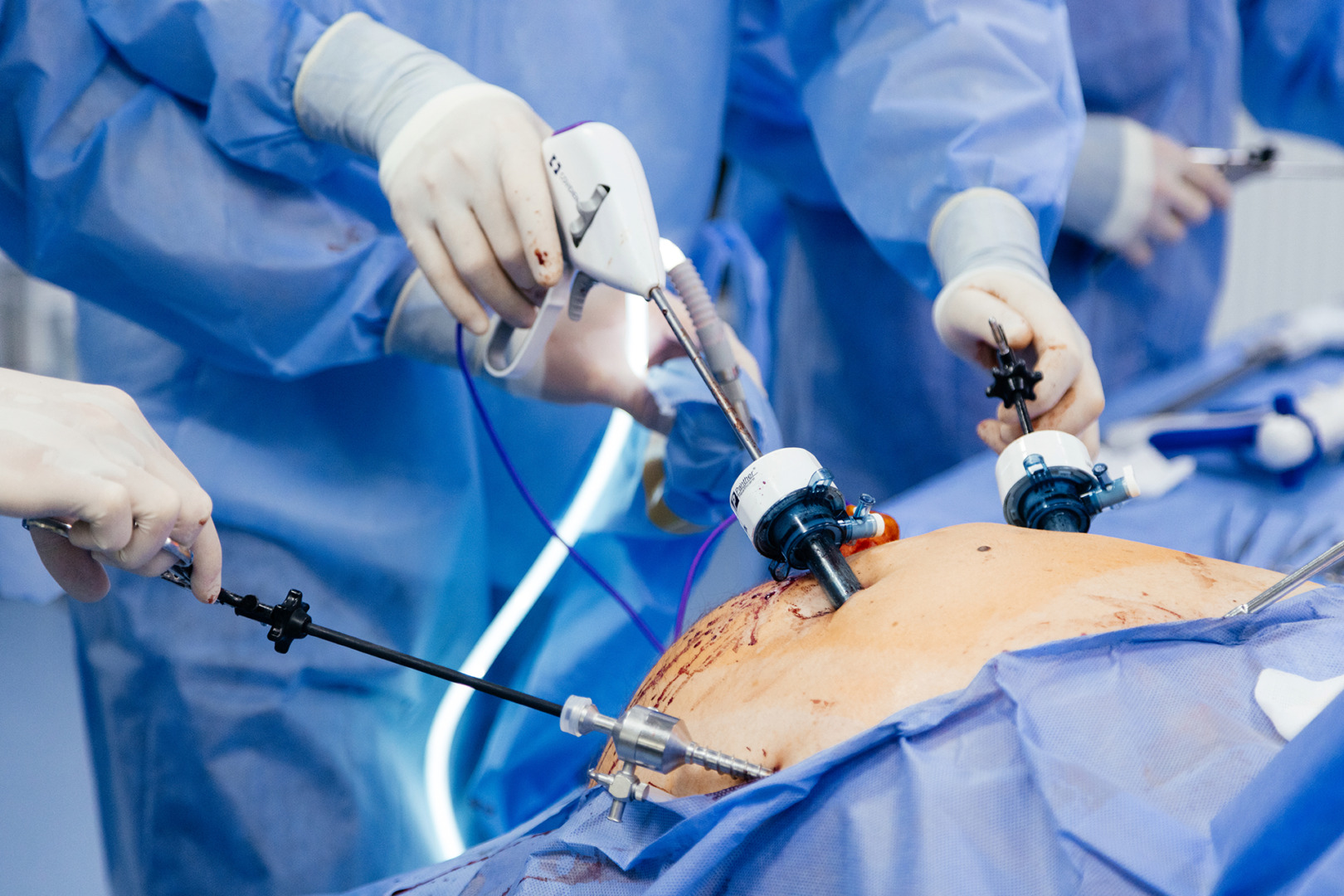
Similarly, if the broken ribs are significantly displaced, it can cause severe respiratory distress and may require surgical intervention to realign and stabilise the ribs. A flail chest, characterised by paradoxical chest wall movement, is another indication for immediate surgical intervention. Severe shortness of breath, difficulty breathing, or respiratory failure are also signs that surgical intervention is necessary.
Additionally, if the pain is severe and cannot be managed with pain medication, it may be a sign that surgical intervention is necessary. Deformity, such as a chest wall lump or chronic pain that persists after the initial injury, may also indicate the need for surgical intervention.
If you’re worried about broken ribs, consult a thoracic surgeon today to figure out the best course of treatment for your body.
